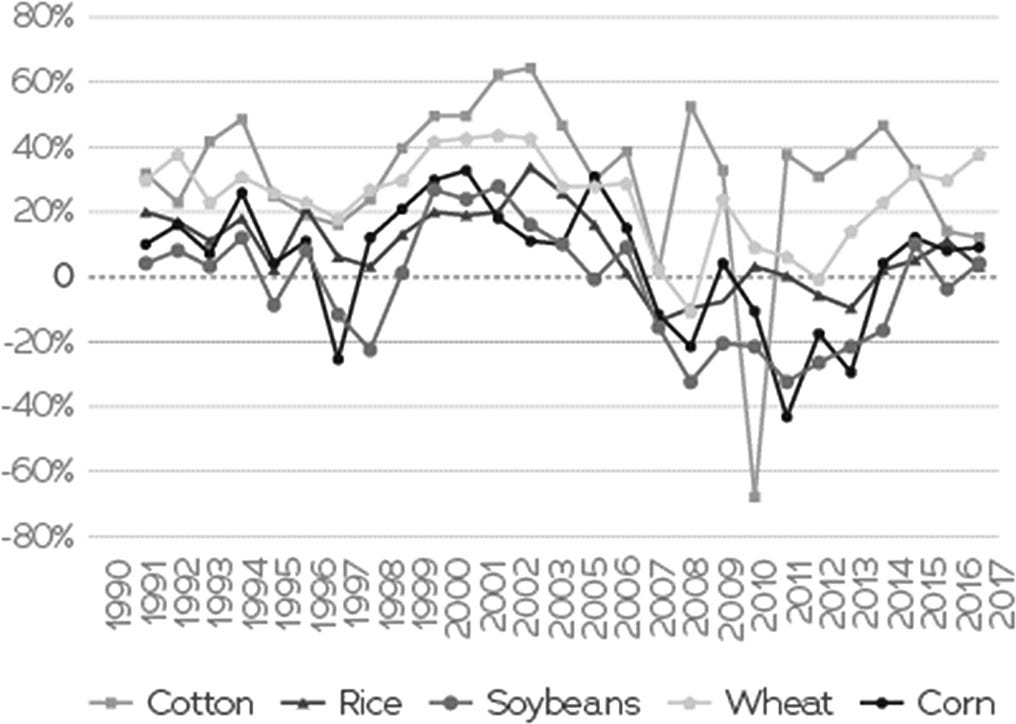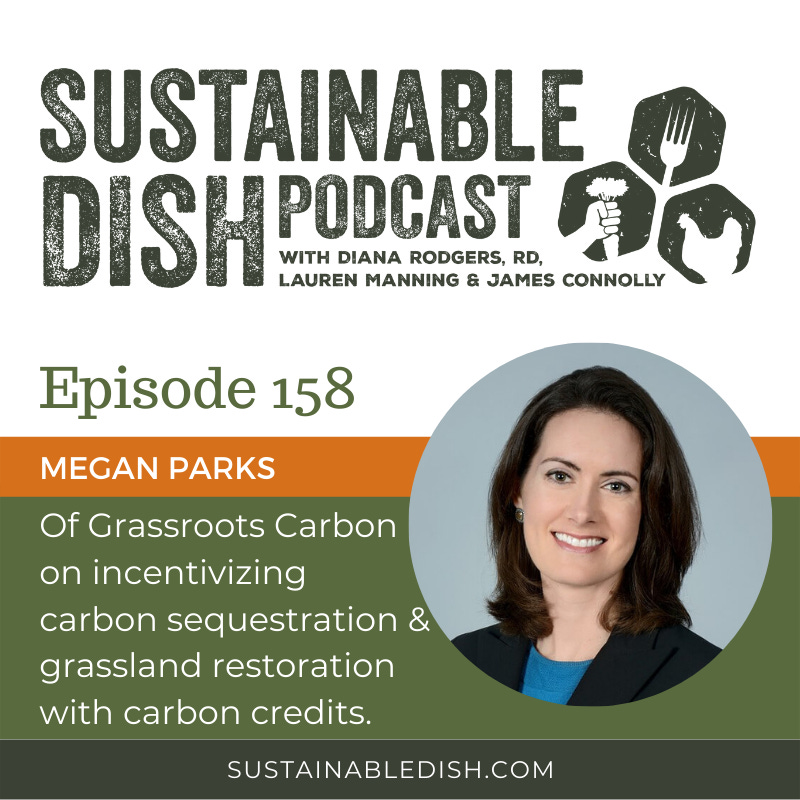🏃 Hopping Off The Treadmill of Agricultural Overproduction
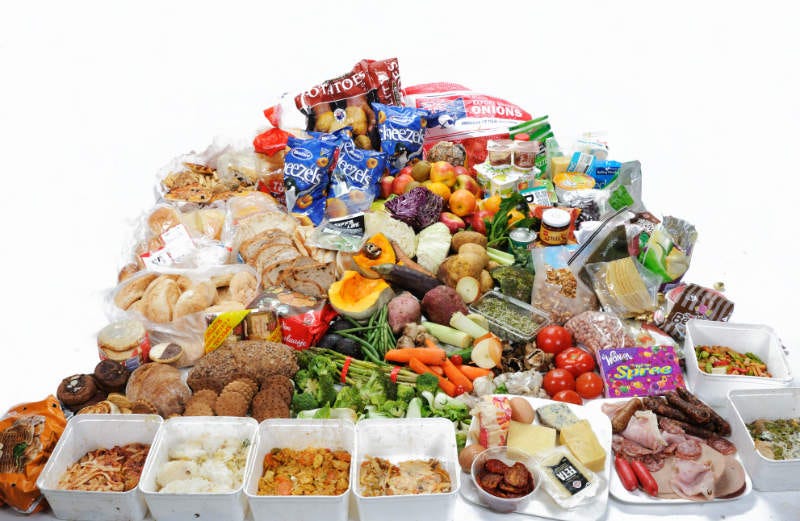
Policy: Agricultural overproduction is a key feature of the industrial agriculture system that results in extensive food waste, environmental degradation, and overconsumption of highly processed, non-nutrient dense foods. As we previously explored in The Regeneration Weekly, government subsidies of commodity crops are a key driver of overproduction. Current subsidies incentivize individual farmers to degrade their land and overproduce specific commodities in order to qualify for specific subsidies, crop insurance, and revenue protection programs that will protect their bottom line. It’s why 2020 resulted in the highest farm income levels since 2014 and direct payments from the government account for 39% of net farm income. In the dairy industry, by 2018, 73% of producer revenue came from government supports. However, to hop off the treadmill of overproduction beyond addressing these perverse incentive structures for farmers via subsidies, we need to understand how industrial agricultural production has reverberated to harm producers globally.
It’s important to understand overproduction and rationale from the perspective of an individual farmer: the rational approach will always be to maximize volumes to compensate for lower prices if they can find a market for it. The major risks of agricultural production also mainly fall on farmers. This can lead to counter-intuitive decisions for farmers that can significantly increase food waste. For example, farmers in the field may decide it's not economical to harvest their crops and leave them in the ground. Or, as was the case with COVID disruptions, if dairy producers cannot find takers for their milk and/or determine the cost of processing dairy products are too high, they will collectively dump ~3.7m gallons of milk a day for months. A recent WWF report reports that 1.2 billion tons of food produced globally are lost on-farm, 60% of which come from higher-income countries with better practices, infrastructure, and mechanization.
As economist Chris Hurt put it, farmers work on a unique irreversible supply curve. Acting on an extended period of higher prices, producers invest in equipment and potentially land and once that investment is made, they can’t reverse that cost. Farmers need to continue expanding into highly erodible areas and invest in agrochemicals to keep up and hedge their bets. Commodity traders can then buy these crops at a distorted price off the bat. Subsidies and crop insurance push producers to continue down this path, rather than offer an alternative solution that makes it financially viable to limit production.
The implications of this are vast and global, particularly when dealing with international trade and “dumping”: As commodity traders “dump” excess production (with the U.S. government justifying it as a need to “feed a hungry world”) into international markets, they depress global prices and can undermine the resiliency of developing countries’ food systems. Traders, very adept at risk management and with access to global markets, can source commodities from different countries and add value to primaries in ways on-farm producers cannot at scale.
For example, cotton subsidies in the US have increased the global production of cotton and directly harmed the 2-3 million farms in West Africa that rely on cotton. Additionally, after losing a World Trade Organization dispute against Brazil over cotton subsidies, the U.S. government decided to subsidize Brazilian cotton farmers as well for $300M, showing how the logic of overproduction continually extends itself. Haiti’s domestic rice sector was decimated by dumped rice in the 1990s too, as it went from self-sufficiency to importing 80% of its rice, losing a valuable economic sector and becoming beholden to global prices. As prices get lower and resiliency becomes a focus, developing countries may also be pushed to pursue protectionist policies.
Fighting this international issue will require a paradigm shift for both ecological restoration and financial viability in the following ways:
Land Use: Over the past 20 years, the total farmland in the US has decreased by 50M acres, while globally farmers have put in nearly 180M new acres into cultivation in just the past decade (due to the rise of global markets). When considering the level of degradation in our soils, pursuing better commodity crop yields on less land will not result in more environmental restoration. Production has increased across 35 million acres for ethanol and up to 24.7 million acres, more than a quarter of the land currently devoted to corn, could be repurposed for holistically managed grazing. The key here is to incentivize farmers to adopt regenerative practices through ecosystem service markets and transition financing that allow producers to control the speed of the treadmill. While regenerative grazing takes more land use, it is more adept for both sensitive ecological areas and marginal lands that are unsuitable for industrial agriculture. On top of this, corn and soybean cultivated land used for feed could be repurposed, as grass-fed cattle do not require such feed. Increasing the diversity of outputs per acre for producers is key, be it with agrivoltaic systems, carbon credits, and USDA conservation grants.
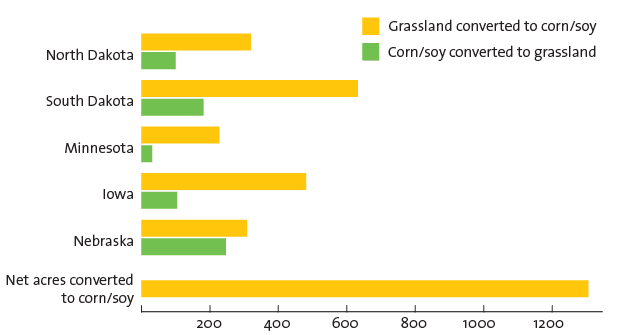
Parity: The Great Depression was partially a result of overproduction and a main part of the New Deal was to control overproduction by storing excess grains in reserves and maintaining “parity prices” to both protect farmers and not flood markets. These solutions of “supply management” existed until the 1970s, when Earl Buntz’s mandate of “go big or go home” took over. Until 1985, the US also offered non-recourse loans where the government would accept crops in lieu of repayment, creating an important price floor. Though there are fair critiques of the shocks that parity pricing would cause, creating these financial, market-based mechanisms, combined with anti-monopolistic action, is a strong tool in the government’s kit beyond further subsidies to provide producers with leverage.
International agricultural trade is too complex for a brute force approach. While there is no single way to cut the gordian knot, a combination of better-aligned subsidies for nutritional and ecological outcomes, combined with parity pricing and ecosystem service markets, can pave the way forward for a better food system. Not only will this be better for the American consumer, but it can cascade internationally to markets harmed by industrial agricultural systems.
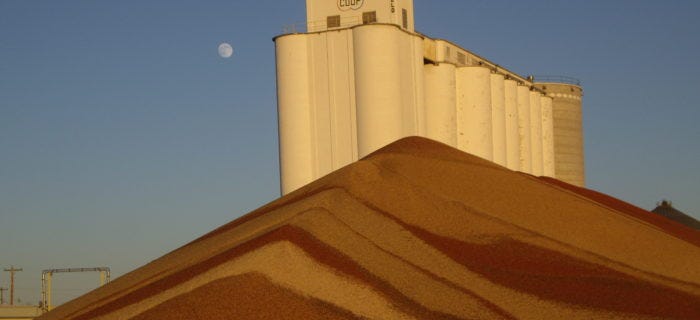
Slurp: Our friends over at Kettle & Fire are doing a Regeneration Weekly-exclusive giveaway! Sign up here to receive a Free Bone Broth Cookbook and enter to receive 2 regenerative bone broths, a tote bag, a mug, and lollipops that you can grow herbs from. On top of various bone broths that promote gut & digestive health, support joint mobility, offer collagen, and a variety of other nutritional benefits, Kettle & Fire's flagship regenerative chicken and beef bone broths are made with 100% grass-fed, grass-finished beef bones and pasture-raised chicken bones. They are keto and paleo-friendly, Non-GMO Project verified, and contain no antibiotics or hormones.
From our perspective here at The Regeneration Weekly, the use of bone broths from regenerative grazing systems is an important development: it provides regenerative ranchers another revenue stream from their animals (along with the rise of organ meats) and a nutrient-dense product for consumers that's delicious. Make sure to sign up and give it a try!
Listen: Megan Parks, Executive Vice President at (Soilworks portfolio co!) Grassroots Carbon gives a deep dive on the Sustainable Dish podcast with Lauren Manning on the soil carbon credit market. This podcast touches every facet of the carbon credit process, from producer to verification to buyer, and provides a great overview of where the market is at today. In particular, it provides a good layman’s explanation of the science of soil carbon storage and permanence, as well as the measurement process.
Disclaimer: The Regeneration Weekly receives no compensation or kickbacks for brand features - we are simply showcasing great new regenerative products.
If you have any products you would like to see featured, please respond to this newsletter or send an email to Kevin(at)soilworksnaturalcapital.com
The Regeneration is brought to you by Wholesome Meats | Soilworks | Grassroots Carbon| Grazing Lands


